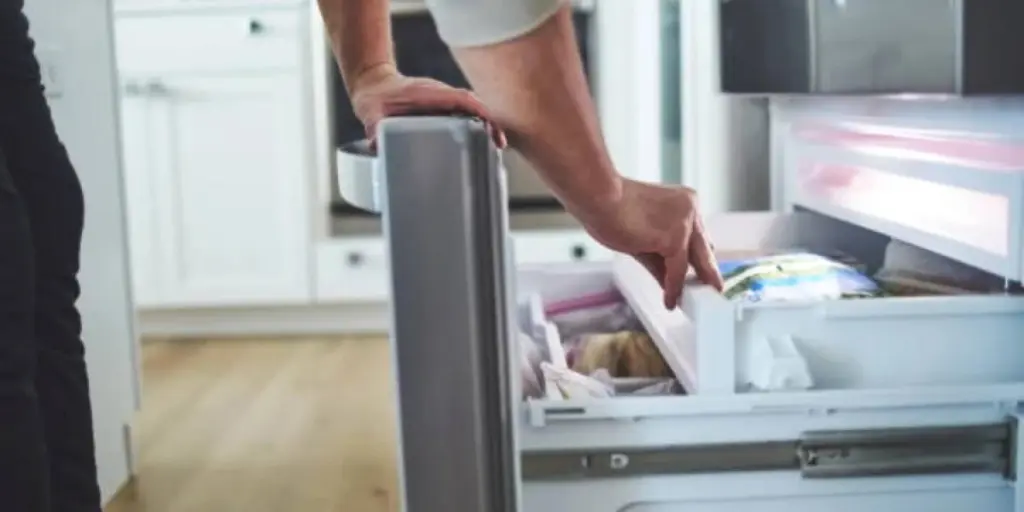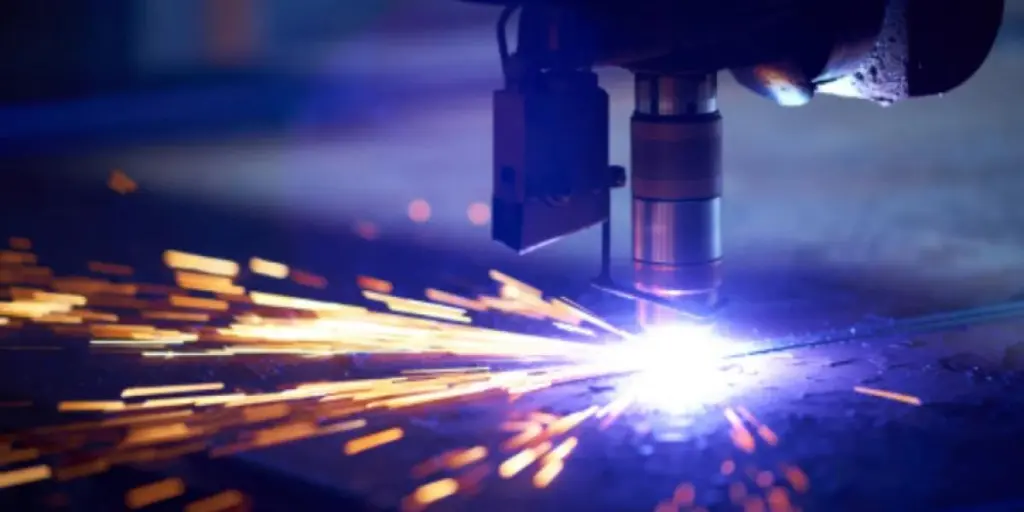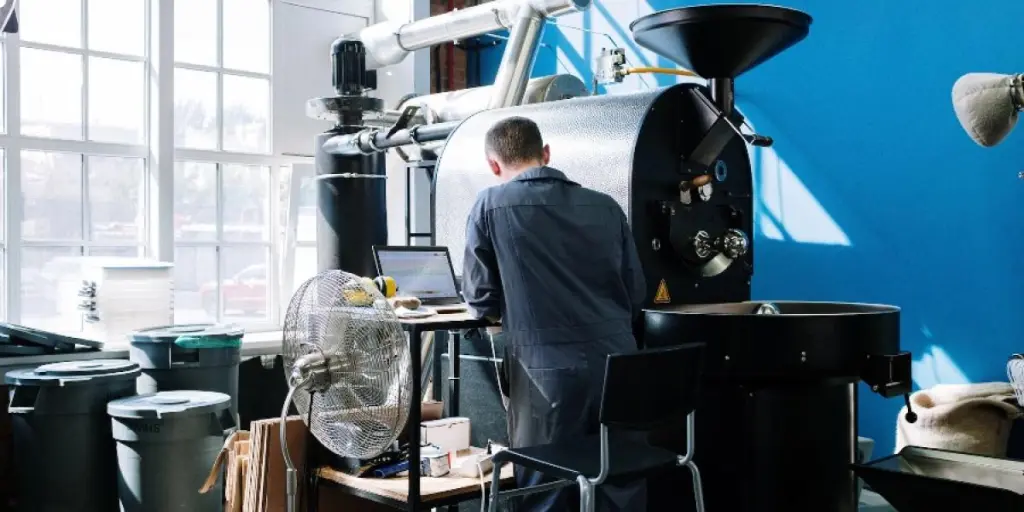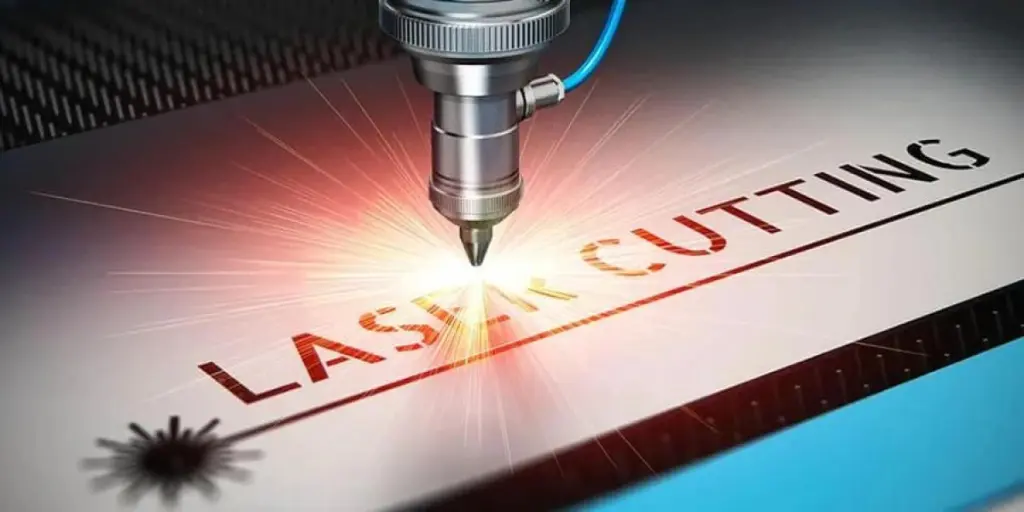It is no secret the demand for freezing equipment has been increasing over the years, mainly in the real food market. Different freezing equipment helps caterers when they need to store soft drinks like juice and also to preserve perishable items. Many of these freezing devices are available right now, making it hard to identify the ideal one. It is essential to know the different types of freezers available and their capabilities before you make a point to invest your money.
Read on to learn the different types of freezing equipment available and how to select the suitable one. Also, this article will discuss the market share, size, and expected growth rate of the freezing equipment market in the coming years.
Table of Contents
Overview of the freezing equipment market
Types of freezing equipment
A guide on how to select suitable freezing equipment
Summary
Overview of the freezing equipment market
The freezers market is segmented globally based on product type, application, door type, and region. It is rapidly growing due to the increasing demand for packaged food and beverages. Also, the surge in the hospitality sector and consumers’ changes in taste and preferences are facilitating the growth of the market.
According to BCC Research, the commercial freezing and refrigeration equipment market was valued at USD 18.51 billion in 2019. It was further estimated to grow to USD 25.51 billion by 2027 at a CAGR of 4.10%. The growth will be mainly driven by increased innovation and the adoption of regulated freezing equipment.
North America is expected to dominate the freezers market owing to the greater focus of manufacturers on researching and developing freezing equipment. Asia Pacific, on the other hand, will register the highest CAGR because of the rising popularity of various freezing equipment brands like RRM Biotechnology and Nantong Sinrofreeze Equipment Ltd.
Types of freezing equipment
1. Air-blast tunnel freezers
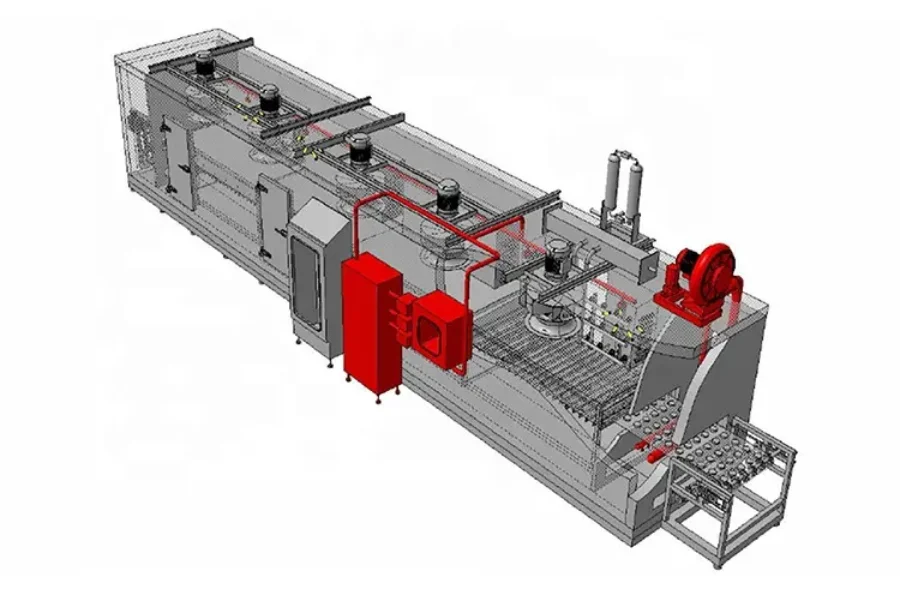
Air-blast tunnel freezers are commonly used where items are placed in a recirculation of air streaming through a tunnel or a room. The air is circulated by fans connected with evaporator coils that provide cooling. There are various models of these freezers, ranging from simple, which operate with manual loading and unloading of items, to complex ones, which are automated and have continuous operations. Continuous freezers have the capability to process large volumes of products in less time. Some of the foods frozen are poultry, fruits, bakery goods, vegetables, and meats.
2. Belt freezers
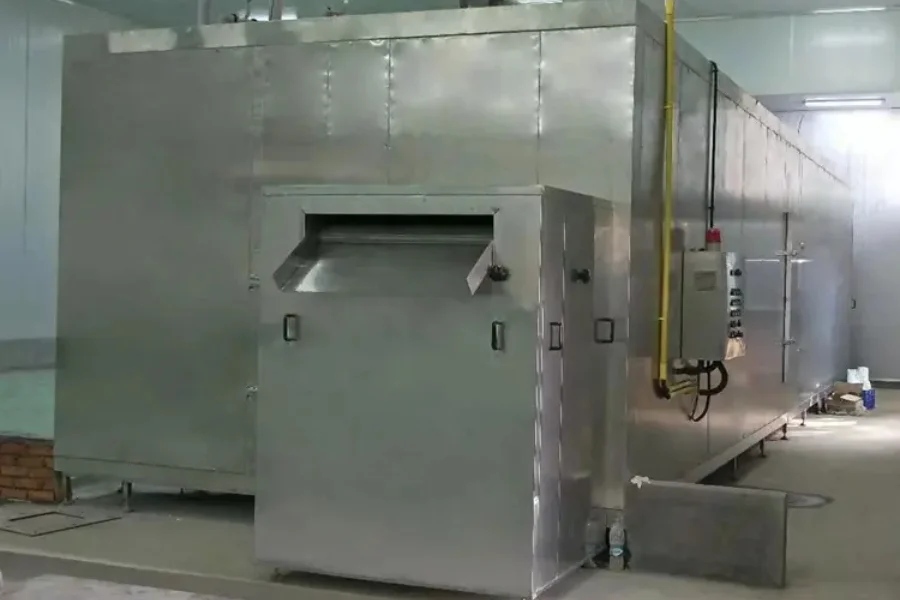
Belt freezers have boil-in-bags or food trays placed on simple wire-mesh belts. The belts then convey the items into an air-blast room at average temperatures of -40 degrees Celsius. Some belt freezers have a simple belt arrangement, while others have a multitiered belt arrangement that saves on available space. The multitiered belt feed conveyor moves products via several belt tiers in the air-blast room. These products include bakery goods, meat patties, and chicken parts.
3. Fluidized-bed freezers

Fluidized bed freezers are involved in freezing particulate foods like cut corn, peas, strawberries, and diced carrots. The food is put on a mesh conveyor belt and passed through a freezing zone with cold air directed upward through the mesh belt. During this movement, the food tumbles and floats; thus gets exposed to the cold air. This reduces the resistance to heat transfer at the food surface.
4. Plate freezers

Plate freezers are used for freezing foods like fish filets, beef patties, and pastries. Also, these freezers can store irregular-shaped vegetables packaged in brick-shaped containers. These include cauliflower, asparagus, broccoli, and spinach. This food is pressed between cooled metal plates at subfreezing temperatures. The cooling is enabled by internally circulating refrigerants.
5. Cryogenic freezers

Cryogenic freezers freeze food at a very fast rate. In this case, the food is moved through a spray of liquified nitrogen or immersed directly in the liquid nitrogen. The liquid nitrogen boils at a food temperature of about -196 degrees celsius, thus extracting a large amount of heat. It can cool special baked foods, meat, seafood, and dairy & poultry products.
A guide on how to select suitable freezing equipment
1. Cost
Generally, the cost of freezing equipment varies based on its size, compartments, and additional features. Double glass-doored display freezers are commonly the most expensive compared to chest freezers, which are relatively cheaper. On average, a commercial freezer can cost USD 5,000. As a result, buyers’ budget plays a major role in determining the choice of freezer. The appropriate freezer should meet the buyers’ needs in processing and storing items like food.
2. Space available
Buyers should ensure not to acquire freezers that will not fit in the available space. For instance, a one-door freezer would be most appropriate for a small space. On the other hand, with ample space, a commercial freezer with up to three doors would be most suitable. Also, the size of the business can determine the size of the freezer to be purchased. In this case, buyers should assess the amount of inventory to be stored in the freezer to get the right size to fit in the available space.
3. Energy consumed
Generally, most freezers have built-in sidewall protectors that retain cold temperatures over longer periods. This enables these freezers to utilize the available energy while in operation efficiently. On average, most modern freezers will consume between 30 and 100 watts of power based on size, efficiency, and indoor temperature. Sometimes, due to power outages or movement over workplaces, some freezers can efficiently store products at the required temperature for nearly three days while the lid is shut. As such, buyers should consider this energy-saving aspect to get the most suitable freezer.
4. Functionality
The freezing equipment’s functionality depends on the design and organizational features. These enhance the ease of access to products inside the freezers. Considering the design, freezers are available in built-in or stand-alone modes. Stand-alone freezers are suited for ample space, while built-in freezers are most favorable under limited spaces. Buyers should also consider freezers’ features, especially the door types. Common door types include half doors, swing doors, and pass-through doors. Furthermore, the freezer doors are made from either solid or glass materials. Solid doors are the most energy efficient and are easy to clean whilst glass doors offer visibility.
5. Reliability
Reliability is key when selecting a freezer for commercial or household purposes. Buyers should understand that the acquired freezer should be able to keep food cold for an average of 24 hours. Some freezers experience frequent failures that can prove costly due to spoilt inventory. In this case, buyers should avoid already used and relatively low-priced freezers, which might pose an unreliability issue. Moreover, most reliable freezers need occasional repairs and regular maintenance.
6. Castors
When acquiring a freezer, buyers must understand that castors enable a freezer to move over places easily. This is a feature that is beneficial to buyers who are caterers and would offer their services outside their workplaces. The staff will easily load food and push the freezer around in such cases. Most commercial freezers have standard castors ranging from 1.5 to 2.5 inches. They provide sturdiness and mobility for the freezing equipment.
7. Freezing capacity
Generally, freezing capacity is expressed in tonnes per hour. It is defined as the ratio of the quantity of the loaded product into the freezer to the product holding time. The amount of food product loaded into the freezer is based on the freezer’s mechanical constraints and the product’s dimensions. On the other hand, the holding time depends on the calculation of the heat amounts removed from the product per hour, and it varies on the type of frozen product. In 24 hours, a freezer can hold food of about 2 or 3 pounds per cubic foot of storage space.
8. Applicable goods
Not all items should be kept in a freezer. Some food products that can be kept in a freezer include vegetables, fruits, chiles, stock, nuts, and seeds. These products require packaging materials that can be used for freezing. The appropriate freezing materials would be rigid containers made of glass, aluminum, plastic, and heavily waxed cardboard. However, some food products will suffer a change in their texture or flavor if frozen and defrosted. For instance, cheese, whole eggs, fried food, fresh herbs, and sauces thickened with cornstarch or flour.
Summary
Purchasing freezing equipment requires a lot of caution and due diligence. The above guide is at buyers’ disposal to help them find the appropriate freezer and improve the quality of the products being stored. Buyers should seek professional help and consider all available features to invest in the right freezing equipment. To find a wide range of quality freezing equipment, visit Alibaba.com.
